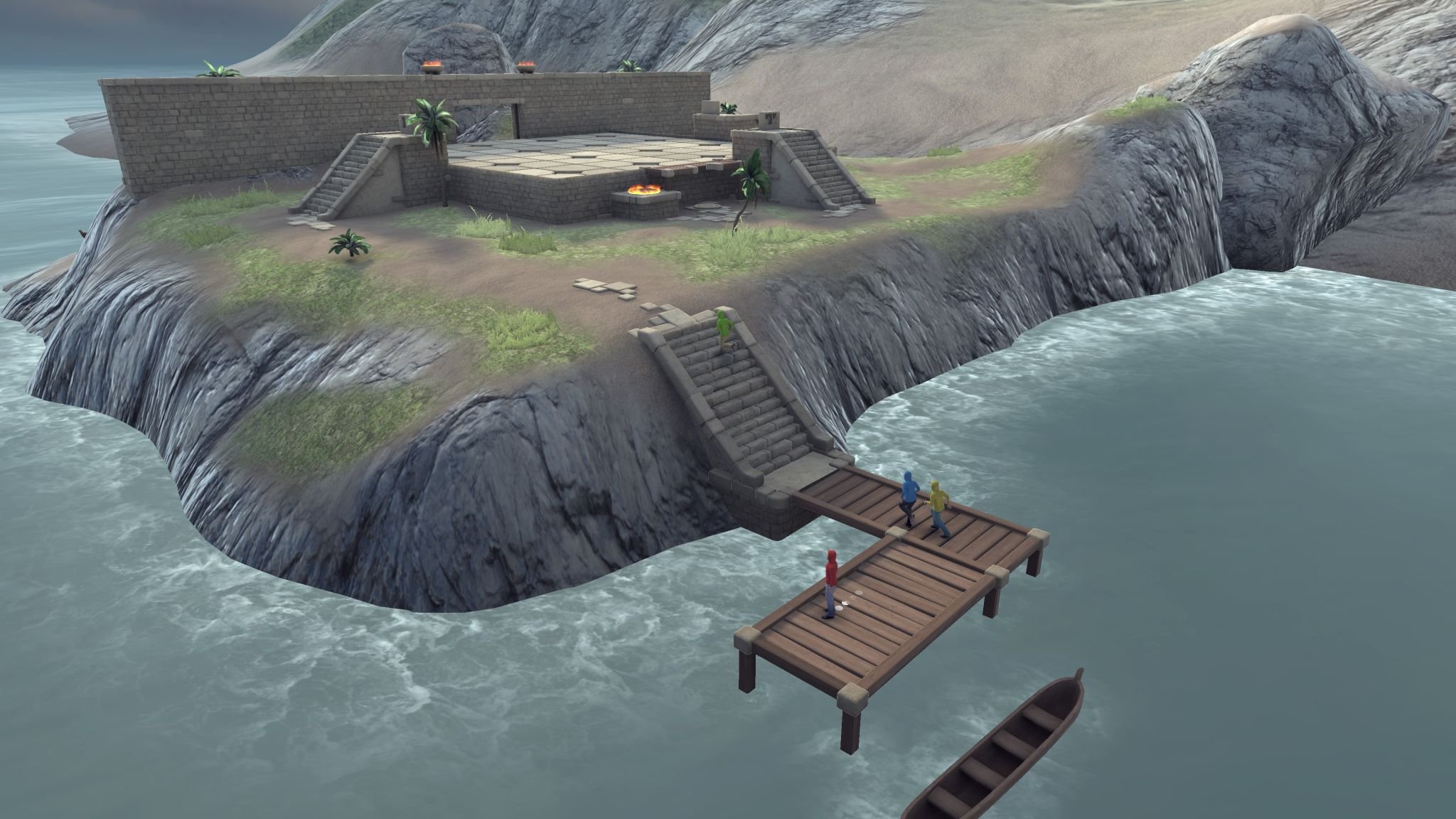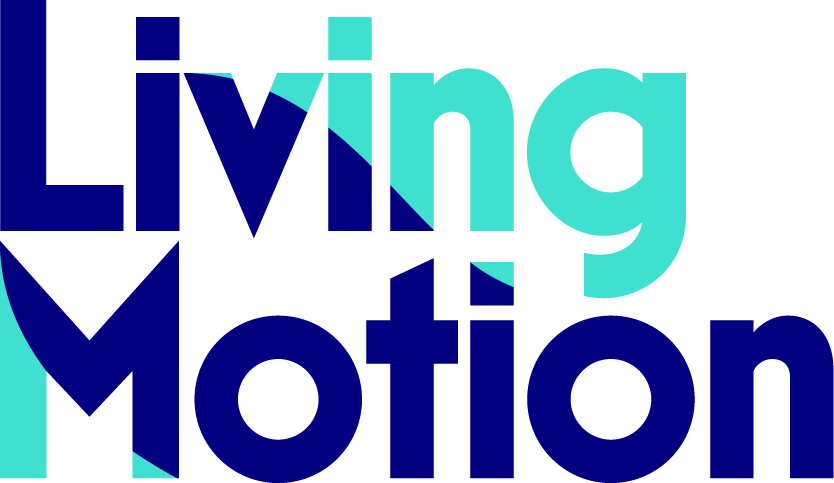
Why gaming is not an escape, but a return to our creative roots
A reflection on the strange power of play—and what happens when we take it seriously.
Summary
We tend to treat games as something outside real life—fun, but not meaningful. Yet play may be one of the most powerful ways to explore complex challenges.
Inspired by Huizinga’s Homo Ludens, this reflection explores why the joy of play doesn’t make games less serious—but more powerful than we might expect.
Homo Ludens revisited: Why gaming is not an escape, but a return to our creative roots
We often see games as a break from real life. A distraction. Something we outgrow.
But what if that’s backwards?
What if play isn’t an escape from who we are—but a return to who we’ve always been?
This exploration is inspired by Johan Huizinga’s concept of Homo Ludens—the playing human—and by the idea that play isn’t a luxury or a childish detour, but a deep, natural way to engage with complexity. And when that play is deliberately designed, it becomes something quietly revolutionary.
Homo Ludens: The human as a playing creature
In 1938, Dutch historian Johan Huizinga published Homo Ludens, a book that still shapes how we think about play.
His central claim? That play is older than culture itself:
“For culture, however inadequately defined, always presupposes human society, and animals have not waited for man to teach them their playing.”
Huizinga didn’t see play as something humans add to life. He saw it as the way culture is born. Law, ritual, language, art—all emerge first as forms of play. Play is not trivial. It is not peripheral. It is foundational.
Play creates structures and boundaries—but within them, something free happens. It invites imagination. It evokes agency. It carries meaning.
The energy of play—and the problem with joy
Think of how much time people willingly spend on games. Video games. Board games. Fantasy leagues. Strategy puzzles. Escape rooms. Sports.
No one makes them. No external reward is required. The motivation is intrinsic. The joy is real.
“Play sustains effort where logic would give up.”
This energy is the power source of play. It explains why learning, change, and challenge—when embedded in play—feel less threatening and more engaging.
But here’s the contradiction:
The same joy that makes play powerful also causes it to be dismissed.
“It’s just a game.”
“That was fun, but now back to real work.”
Joy is seen as incompatible with seriousness. The smile discredits the insight. The lightness disqualifies the depth.
This is not just unfortunate—it’s costly. Because it prevents us from seeing what play can really do.
So... is it just a game? Or the best kind of learning?
Let’s challenge the assumption.
If people engage more deeply, reflect more openly, and adapt more quickly during a game than in a meeting—what does that say about the game? Or about the meeting?
Serious Games are not distractions. They are deliberately designed spaces where real behaviours emerge. Where ideas get tested. Where invisible patterns become visible.
“Serious Gaming doesn’t make light of serious topics—it lets us approach them from the side, when direct routes have failed.”
These spaces feel different. And that’s the point.
From play to practice: What Serious Games actually do
In my work, Serious Games are not generic simulations. They are co-designed environments, tailored around a specific question, a culture, a challenge.
Participants don’t receive answers. They experience tensions. They try, fail, adapt, try again. And in that space, insight emerges.
“The game isn’t the solution—it’s the space where people discover their own.”
Real development happens when people act—not just when they talk. And Serious Games invite action.
Why this still matters: In teams, leadership, and learning
When teams play seriously, they reveal what normally stays hidden:
How decisions are made
How power moves
What roles people fall into under pressure
What makes collaboration flow—or fail
In leadership development, problem solving, intercultural dialogue—play creates the openness needed for results to surface.
And again, it works not despite the joy—but because of it.
“The opposite of play isn’t seriousness—it’s fear.”
Try taking it seriously—once
If play still feels too light to be taken seriously, maybe ask why.
What if that joy—the laughter, the momentum, the curiosity—is not the weakness of play, but its strength?
What if you’ve been missing something powerful, just because it made you smile?
Try it once. Seriously.
Still think play is too light to be taken seriously?
Try one Serious Game—just once—and see what it opens up.
I’d be happy to help you explore what that could look like.
